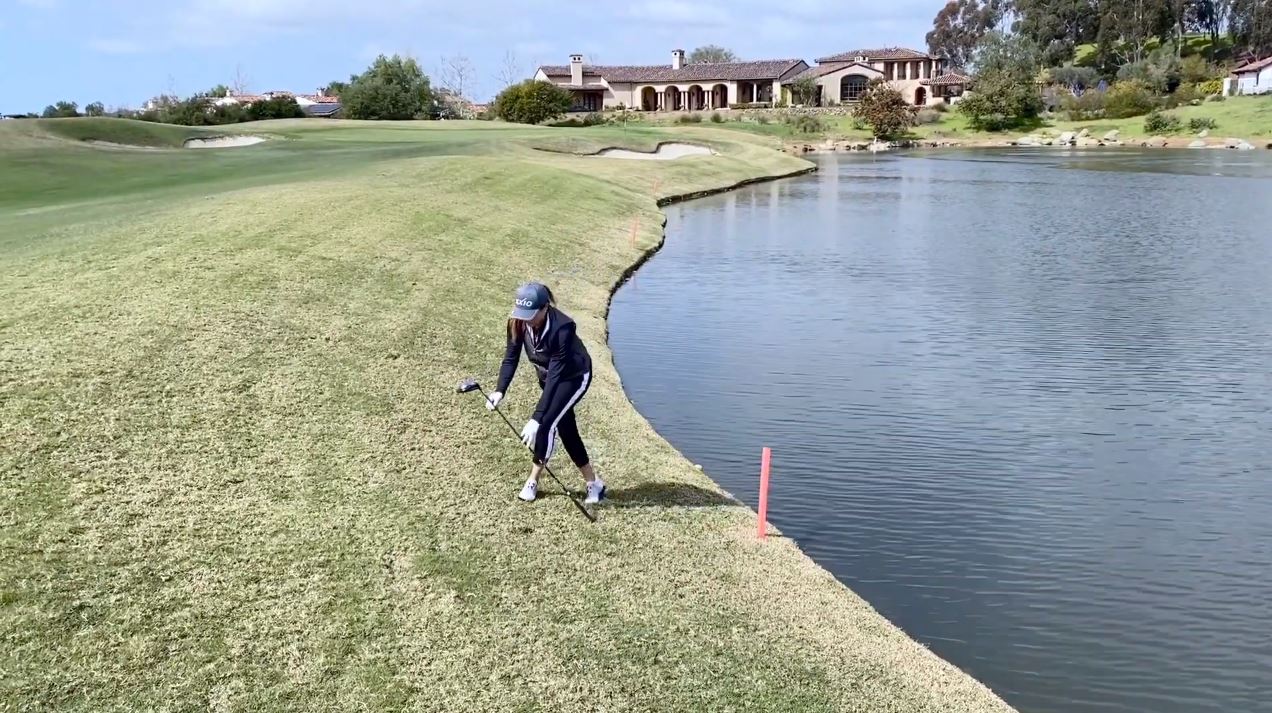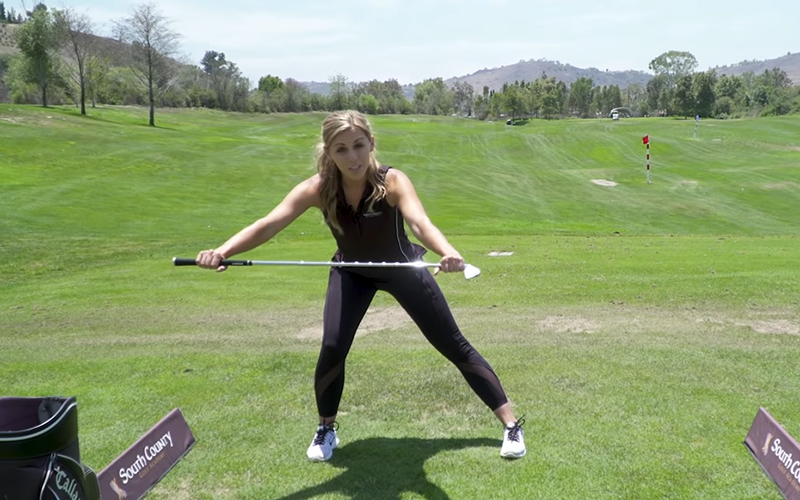Master Your Ways Around The Water
By: Marcela Smith - Apr 13, 2020

Be honest, when you look down the fairway and see water, is the first thought in your mind, “Don't hit it in the water?” If it is, you’re not alone. We all get intimidated when we see a lake or red stakes, but if your ball ends up inside a penalty area, taking a one-stroke penalty and making a strategic choice with your available relief options doesn’t have to bum you out. Let’s explore the rules around penalty areas.
Formerly referred to as “water hazards”, penalty areas are bodies of water or other areas on the course defined by the Committee where a ball is often lost or unable to be played. You’ll see red or yellow stakes (and/or paint lines) identifying the penalty areas. Note these areas do not necessarily have to contain water.
A player always has the option of playing the ball as it lies within the penalty area. If that doesn’t look feasible for your current skill and comfort level, then you’ll want to note the color of the stakes or lines because red or yellow markings will determine your relief options.
For yellow penalty areas, you have two options, both carrying a penalty of one stroke: Stroke-and-distance, and back-on-the-line. For the stroke-and-distance relief option, you will play a ball from the spot from which your previous stroke was made. For back-on-the-line relief you must drop a ball in a relief area that’s based on a reference line going straight back from the hole through the estimated point where your original ball last crossed the edge of the penalty area.
If you’re in the habit of hitting a provisional ball to save time when you think your ball may be lost, take note that Rule 14.3 states that if you’re aware that the only place your ball could be lost is within a penalty area, then a provisional ball is not allowed.
When the penalty area is marked with red stakes or lines (or in the absence of any colored stakes) you have the two options listed for yellow penalty areas, plus the additional option of taking what’s called lateral relief.
For lateral relief you would take a drop within two club-lengths (the longest club in your bag other than your putter) of the point where your ball last crossed the edge of the penalty area, no closer to the hole. As you probably know, you take a drop from knee height and your ball must not touch your body or equipment before it touches the ground or you’ll need to re-drop.
Fortunately, with all the changes to the Rules in 2019, you can now ground your club and take a practice swing in a penalty area. You may also remove loose impediments from within the penalty area, but just make sure that doing so doesn’t cause your ball to more, or you’ll incur a penalty of one stroke.
Once you watch this video, all the elements you’ve just learned will come together, and hopefully you’ll realize that even if your ball occasionally ends up in this area of the course, a one-stroke penalty isn’t the worst thing that could happen to you. And besides, lakes are beautiful backdrops for photos with your girlfriends.
Known as the Rules Diva, Marcela launched Girlfriends Guide To Golf to provide a relaxed, fun environment to learn the rules and etiquette of golf. Her On-Course Rules Experiences help players gain more confidence, lower their scores and have more fun.

